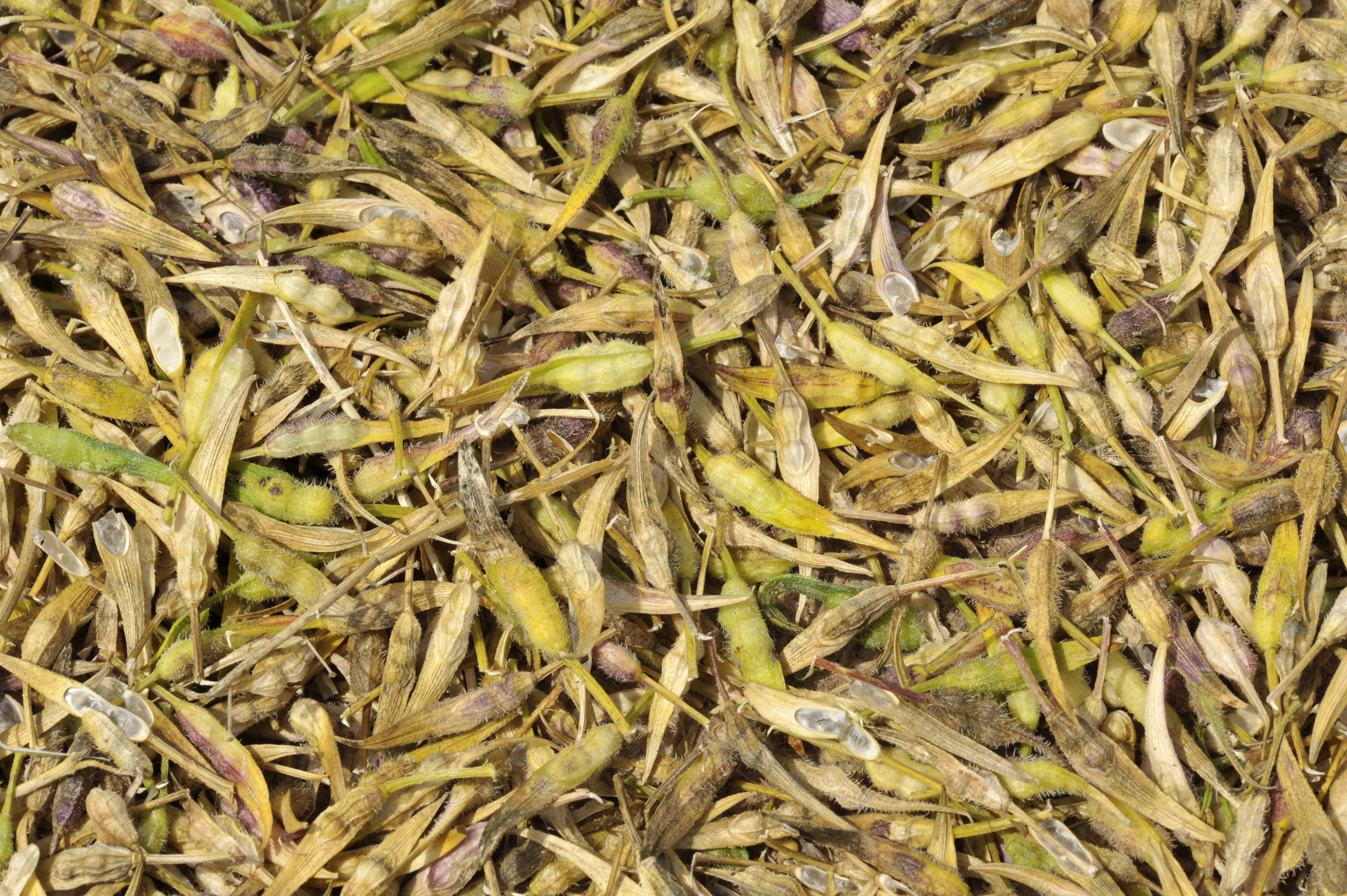Yield, Harvest, and Storage of Mustard
Yield of White Mustard
This crop is grown worldwide on 60,000–80,000 Ha per year, which causes the production of 685,000 tons of White Mustard.
Most of the White Mustard worldwide is produced in Nepal and Canada.
Nepal produces 159,710 t of White Mustard. Canada produced 121,000 tons in 2017
These numbers represent 27.6% and 21.0% of the production globally, respectively.
Global production of this crop is 770-1100 kg/ha (687-980 pounds/acre). In Serbia, the average yield of mustard seed is 1500-1800 kg/ha (1340-1605 pounds/acre), which sometimes can exceed 2000 kg/ha (1784 pounds/acre).
Harvesting of White Mustard
The time of harvesting this crop can cause a change in quality as it contains many essential nutrients. Early harvesting or late harvesting can cause a difference in the availability of nutrients. This is why it is essential to harvest the crop at the best time, which is selected by nature.
In all varieties of mustard, swathing should be done when the moisture content is less than 25%. When pushed between the thumb and forefinger, the seed will feel solid at this stage. Straight combining is an option for mustard that has evenly reached maturity and contains few green seeds. If the crop is too short to anchor the windrow adequately, you are still able to do this. When the crop is too short to anchor the windrow securely, this is another option.
If you want to use it as a spice, collect the mustard seedpods when they are already quite dry, which is usually two months after sowing.
Stems should be wrapped into a bundle and hung upside down in a dry, shaded place until completely dried. At this point, ruffle them up above a large salad bowl to catch the seeds as they fall.
Other Method: The White Mustard seed pods are thin and resemble tiny, thin bean pods. They are about an inch or 1.5 Inches long on a twig. Harvesting them is a difficult task to do since the seeds are too small. But if the pods are appropriately dried, they can be harvested easily and simply for processing.
Collecting the twigs:
- Take a bag into the field.
- Gently place the pods inside.
- Remove the pods using a cupped hand down the stem.
This must be done inside of a bag because numerous seeds may fall out while working.
Release the seeds: Close the bag and give it a rolling pin blow. After a few minutes, continue rolling it with the rolling pin. As a result, pods will shatter and seeds will fall into the bag. Take the branches out of the bag. Pods and seeds will stay in the bag after removal.
Sifting the seed and chaff: Pour the pods into the sieve to capture the large bits. The larger fragments can be caught in the sieve. After hand-picking the larger ones, gently blow out the remaining debris to eliminate it.
Storage and Post-Harvest Practices for the White Mustard
After harvesting, the White Mustard plants should be left in the field for a few days to dry naturally. This helps reduce the moisture content of the seeds and makes them easier to handle and store. Threshing is separating the seeds from the rest of the plant. This can be done using mechanical threshers or manually beating the plants to release the seeds. Threshing should be done carefully to avoid damaging the seeds. After threshing, winnowing separates the seeds from the chaff and other impurities. This is typically done by tossing the seeds and chaff into the air, allowing the wind to blow away the lighter chaff while the heavier seeds fall back down. Cleaning involves further sorting and removing any remaining debris or foreign material from the seeds. This can be done using screens, sieves, or air separators.
Proper aeration is essential. The aeration is done just to change the temperature of the seed, not to alter the moisture percentage of the seed. It can vary from 1-2%. If required, it should be done as soon as the mustard enters the bin and continue until the temperature reaches near average outside. At 9.5% seed moisture, mustard is considered dry. The seed must be at 9% moisture for high-quality, long-term storage. To guarantee secure, long-term seed storage, drying is advised if the grain’s moisture content is between 9.5 and 12%. If the mustard needs to be dried, then the temperature should not exceed 65°C or 149°F (air temperature) and 45°C or 113°F (seed temperature). It takes two to three times more static pressure than the other crops.
It must be stored where less sunlight is available, with a low moisture content and dry environment.
Further reading
Mustard History, Plant Information, and Nutritional Value
Mustard Soil preparation, Soil requirements, and Seeding requirements.
Principals for selecting best variety for White mustard.
Fertilizer requirements of white mustard
Irrigation requirements and methods for white mustard
Yield, Harvest, and Storage of Mustard
Pests, Diseases and Weed Management of Mustard
References
https://www.saskatchewan.ca/business/agriculture-natural-resources-and-industry/agribusiness-farmers-and-ranchers/crops-and-irrigation/field-crops/oilseeds/mustard-harvest-handling-and-storage
https://www.frontiersin.org/articles/10.3389/fpls.2020.00299
https://www.nature-and-garden.com/gardening/white-mustard.html
https://saskmustard.com/production-manual/harvest-storage-and-grading/storage/index.html










































































